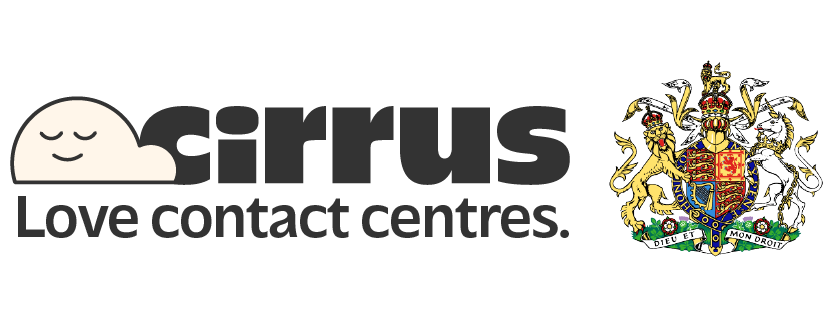What is feedback management?
Feedback management is the structured process of capturing, analysing, and acting on customer, user, or employee feedback. It ensures that raw feedback from different sources is translated into actionable insights that improve products, services, or experiences. Whether through online reviews, in-app surveys, or direct communication, feedback offers critical insights into what is working and what needs attention.
Organisations that embed feedback management into their daily operations can respond more effectively to customer requests, resolve pain points faster, and adapt more agilely to a competitive market.
Why feedback management matters
Every customer interaction is a moment of truth. Whether it’s a quick comment after a service call or a thoughtful product survey, this data is essential for making data-driven decisions. A well-designed feedback management process helps turn negative feedback into improvement opportunities and positive reviews into team motivators.
When supported by the right feedback management tools, teams can:
- Understand customer sentiments across digital channels
- Identify feature requests and product flaws
- Uncover root causes of customer churn
- Improve agent performance through informed coaching
- Strengthen customer satisfaction and loyalty
Using systems with AI-driven analytics helps extract patterns from customer responses, ensuring that feedback across channels feeds directly into continuous improvement efforts.
What is a feedback management system?
A feedback management system is a structured tool or platform that helps companies manage and act on feedback at scale. It centralises inputs from various feedback sources, processes them using analytics tools, and delivers real-time insights to relevant teams.
Key capabilities include:
- Customisable dashboards for feedback visualisation
- AI-powered sentiment insights to understand tone and emotion
- Feedback widgets embedded in mobile apps, emails, or websites
- Routing of critical feedback to product, support, or leadership
- Integration with tools like CRM platforms for action on customer feedback
A strong system makes it easier to maintain a feedback loop across departments, ensuring that insights are not only received but also acted upon.
Effective customer feedback management strategies
The foundation of a good strategy lies in designing a systematic process to gather feedback, evaluate it for valuable insights, and implement changes that align with business goals.
Here’s what makes a strategy successful:
1. Define feedback goals
Know what you want to achieve. Are you reducing churn rates, testing new features, or improving support resolution?
2. Choose the right collection channels
Use a mix of email surveys, online reviews, contact forms, and in-app feedback to reach users where they are. With omni-channel tools, it’s easier to collect feedback across channels.
3. Use the right question types
Balance open-ended questions with rating scales to capture both qualitative feedback and measurable data. Include room for additional questions based on context.
4. Analyse feedback with advanced tools
Use advanced analytics capabilities to process large volumes of input. Platforms like Cirrus Copilot can help highlight customer sentiments in real time.
5. Share insights across departments
Feedback shouldn’t sit in silos. Share customer insights with the product, sales, and frontline teams through integrated platforms like Microsoft Teams.
6. Create a feedback loop
Let users know how their input led to improvements. A visible feedback loop increases trust and encourages continued engagement.
How to choose the right feedback management tool
Choosing a feedback management tool depends on your size, team structure, and goals. Here’s what to look for:
- Centralised platform for feedback from multiple sources
- Ability to track feedback over time
- Customisable surveys and forms for different touchpoints
- Real-time feedback collection and alerting
- Integration with analytics platforms and contact centre software
- Support for routing feedback to the right team automatically
For example, a not-for-profit might look for tools that integrate easily with its existing workflows, while a retail contact centre may prioritise real-time monitoring of high-volume customer feedback collection.
Examples of feedback in different contexts
- Product feedback helps teams identify bugs, validate feature ideas, or improve UX
- Customer support interactions highlight gaps in training or ticket processes
- Bug reports surface early issues before they become widespread
- App surveys and email feedback can provide contextual insights during a product trial or onboarding phase
- Social platforms can reveal spontaneous feedback, both positive and critical
Platforms that allow customisable feedback forms, built directly into the customer journey, are ideal for gathering feedback at scale.
Feedback trends and analysis
Effective organisations don’t just collect feedback—they analyse feedback trends for meaningful improvements. With the help of AI-driven tools, they can:
- Compare response rates over time
- Identify changes in tone or satisfaction after product releases
- Segment data by customer demographics or user base
- Match feedback with metrics like customer satisfaction scores
- Isolate the causes behind customer drop-offs or low feature adoption
These insights are a goldmine for product improvements, training focus areas, and roadmap decisions.
Implementing feedback in contact centres
Feedback is especially valuable in contact centre environments, where daily interactions reveal patterns in customer behaviour, pain points, and performance. A well-integrated system supports:
- Real-time visibility into agent performance
- Alerting supervisors to confused agents or difficult interactions
- Mapping trends in contact centre agent performance
- Feeding insights into ongoing training using workforce optimisation tools
Real-time analysis allows for better team responsiveness in industries like housing or higher education, where expectations and workloads shift quickly.
Benefits for businesses
When feedback is appropriately handled, businesses gain:
- A clearer view of what customers want
- The ability to make informed decisions on features, pricing, and messaging
- Reduced risk of frustrated customers going unheard
- Increased engagement through direct communication
- Alignment of business operations with customer priorities
- A competitive edge through continuous improvement
Feedback becomes part of broader business processes, shaping both strategy and day-to-day execution.
Frequently asked questions
What is customer feedback management?
It refers to the end-to-end process of collecting, analysing, and responding to customer feedback to improve services, products, and satisfaction.
How do you implement a customer feedback system?
Choosing the right channels, crafting relevant questions, analysing results with analytics tools, and building a loop where feedback drives change.
What is the difference between enterprise and customer feedback management?
Enterprise feedback includes employee and partner input. Customer feedback focuses solely on the experience and expectations of the end user.
What tools support feedback management?
Tools may include survey builders, dashboards, CRM integrations, and platforms that support real-time feedback and automated analysis.
Why is feedback analysis important?
Without analysis, feedback remains surface-level. The right tools reveal patterns that lead to actionable steps, business growth, and customer retention.
Final thoughts
Feedback management is a critical step in understanding and serving your audience. With the right approach, you can turn scattered input into actionable market insights, align your teams with business goals, and ensure your customer feedback loop drives real impact.
If you’re ready to unify your feedback strategy across teams and channels, explore solutions like CRM-connected platforms or request a demo to learn more.
Your Contact Centre, Your Way
This is about you. Your customers, your team, and the service you want to deliver. If you’re ready to take your contact centre from good to extraordinary, get in touch today.


